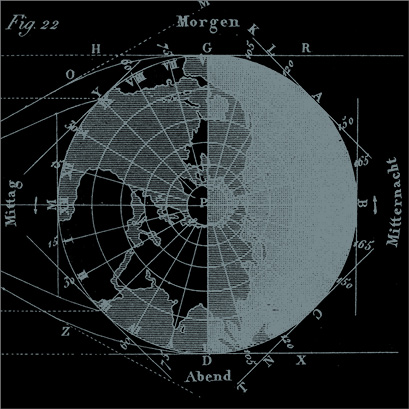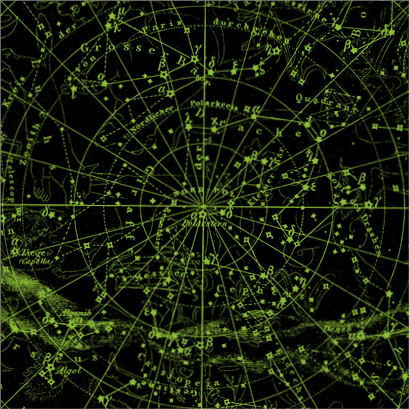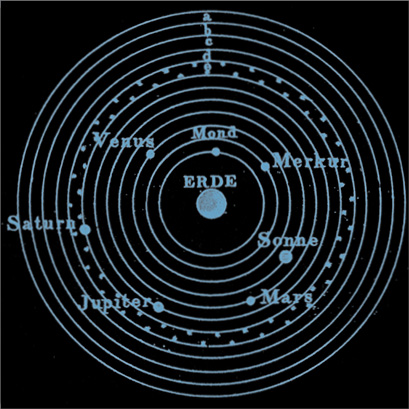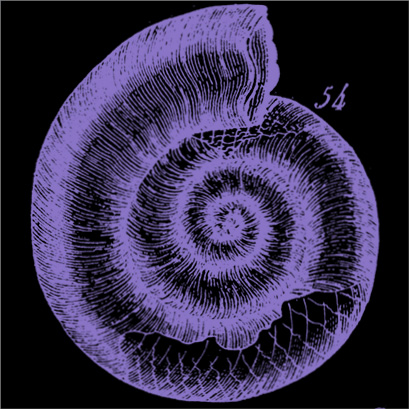The Vision Series 6: The Brain
THE VISION SERIES![]() A GBD MICROSITE
A GBD MICROSITE

“From nothing else but the brain come joys, delights, laughter and sports, and sorrows, griefs, despondency, and lamentations”
Hippocrates
![]()
FACTS ABOUT VISION: Eyes Detect 36,000 Pieces of Info an Hour
Every single second that you’re awake, your eyes are working to process the world around you. From deciphering words to delivering important alerts to parts of your body, your eyes take in information constantly. In fact, every hour, your brain detects more than 36,000 pieces of information. If you’re awake for 16 hours a day, that’s more than 576,000 pieces of information! Your eyes aren’t actually handling the processing though. While they do take in the information in the form of light, these images get passed along to the brain. It’s there that the light information gets turned into images that we can understand and process. Your eyes have to be incredibly strong to keep up with this level of work. Luckily, they have more than 7 million cones and 100 million rods that take in light and help to send images to the brain for processing. [A]
![]()
BOOKS ABOUT EYES: “Eye of the Whale”
by Dick Russell, Island Press Press, 2001
Named a Best Book of the Year by three major newspapers upon its initial publication, and now available for the first time in paperback, Eye of the Whale offers an exhilarating blend of adventure and natural history as Dick Russell follows the migration of the gray whale from Mexico’s Baja peninsula to the Arctic’s Bering Strait. Originally named “Devil-fish’ by nineteenth-century whalers, the gray whale’s friendly overtures toward humans over the past generation helped to spark the growth of today’s whale-watching industry. This majestic marine mammal has also become a focus of controversy, as environmentalists fought to protect its breeding area from industrial development, some protested renewed hunting by a Native American tribe, and, more recently, scientific studies have noted a new decline in the whale’s population. Russell’s narrative interweaves the remarkable story of Charles Melville Scammon, a nineteenth-century whaling captain responsible for bringing gray whales to the brink of extinction, whose change of heart led to his becoming a renowned naturalist. Retracing Scammon’s path, the author encounters contemporary marine biologists who have devoted their lives to studying the gray whale, and native peoples for whom subsistence whale hunting means survival in the most remote regions of the North Pacific. [B]
Please use the thumbnails below to navigate through this section of the site.
[A] The facts above are from the Magruder Eye Institute.
[B] The books noted are from a list by BiblioVault.















